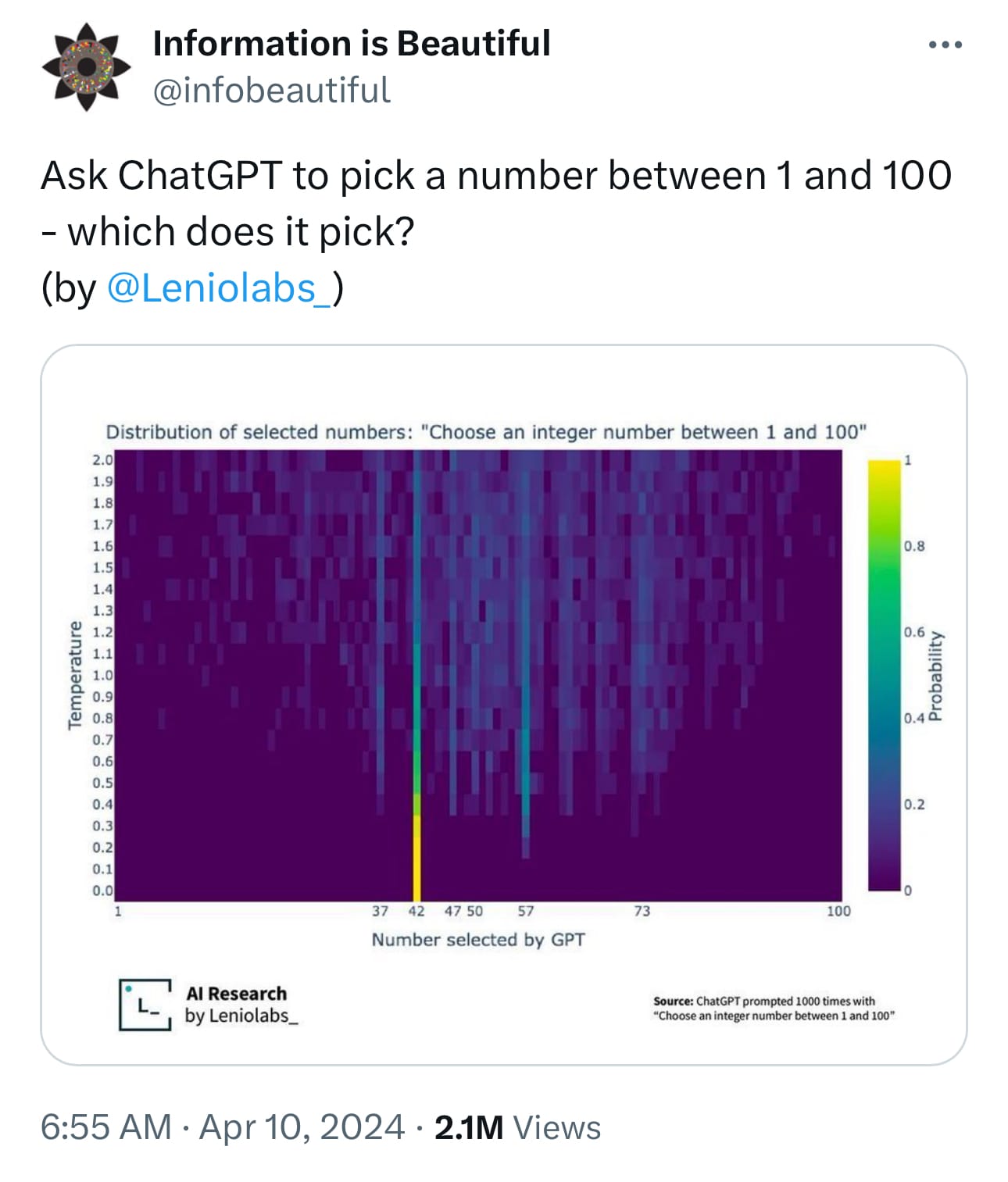Conversations
Blaise Aguera y Arcas and Michael Levin: The Computational Foundations of Life and Intelligence
A conversation with Blaise Aguera y Arcas (Google) and Michael Levin (Tufts University) about two recente papers on the computational foundations of life and intelligence.







